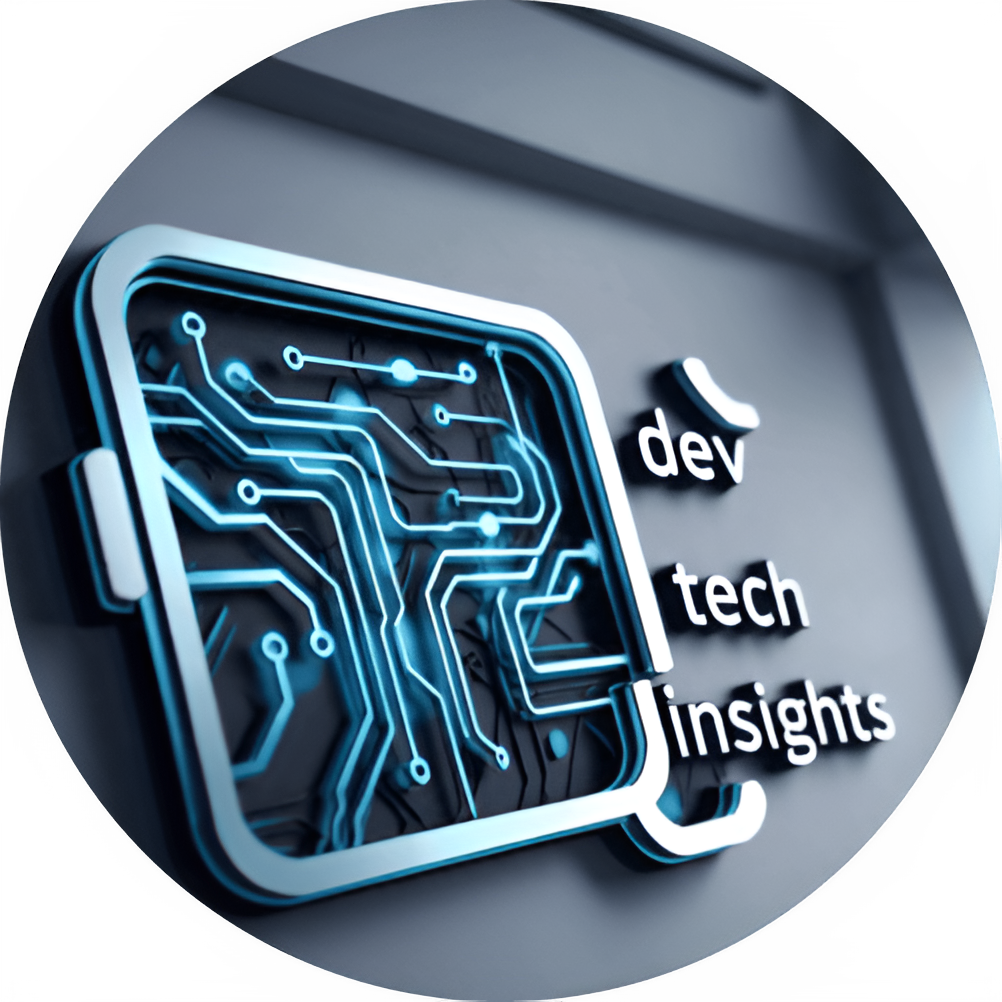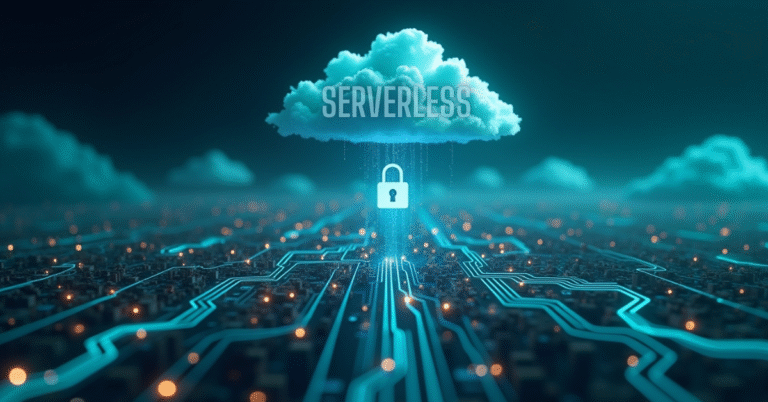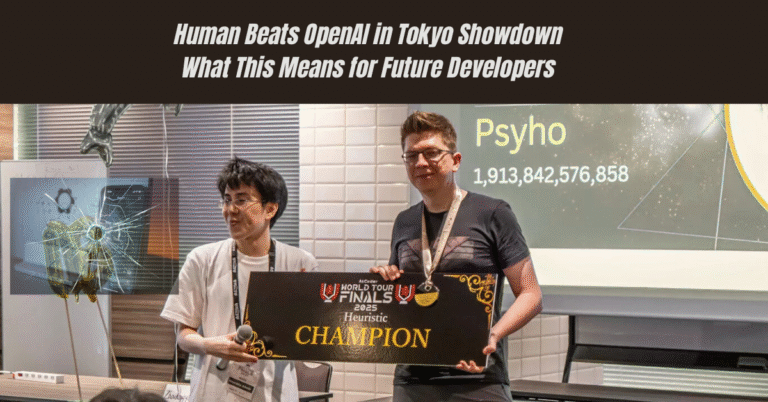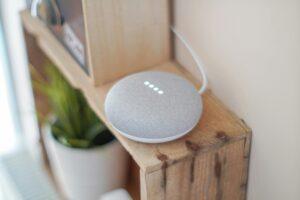
IoT Integration: The Complete Guide to Connecting Devices in 2025
IoT Integration: The Complete Guide to Connecting Devices in 2025
The Internet of Things (IoT) is no longer a futuristic concept—it’s a $1.6 trillion industry (Statista, 2024). But simply having IoT devices isn’t enough. Seamless IoT integration is what unlocks their true potential.
This guide covers:
✔ What IoT integration is (and why it matters)
✔ Key IoT protocols (MQTT, CoAP, LoRaWAN)
✔ Top IoT platforms (AWS IoT, Google Cloud IoT)
✔ Security risks & solutions
✔ Real-world IoT integration examples
🔌 What Is IoT Integration?
IoT integration refers to connecting IoT devices, cloud platforms, and enterprise systems to enable:
- Real-time data exchange (sensors → cloud → analytics)
- Automated workflows (e.g., smart factories adjusting production)
- Cross-device communication (e.g., wearables syncing with EHRs)
IoT Integration vs. Standalone IoT Devices
| Feature | Standalone IoT | Integrated IoT |
|---|---|---|
| Data Flow | Siloed | Unified across systems |
| Automation | Limited | Advanced (AI-driven) |
| Use Case | Smart thermostat | Smart city infrastructure |
📡 Key IoT Integration Protocols
- MQTT (Message Queuing Telemetry Transport)
- Best for: Low-power devices (e.g., sensors)
- Used by: AWS IoT, IBM Watson
- CoAP (Constrained Application Protocol)
- Best for: RESTful IoT communication
- Used by: Smart home devices
- LoRaWAN
- Best for: Long-range, low-power (e.g., agriculture sensors)
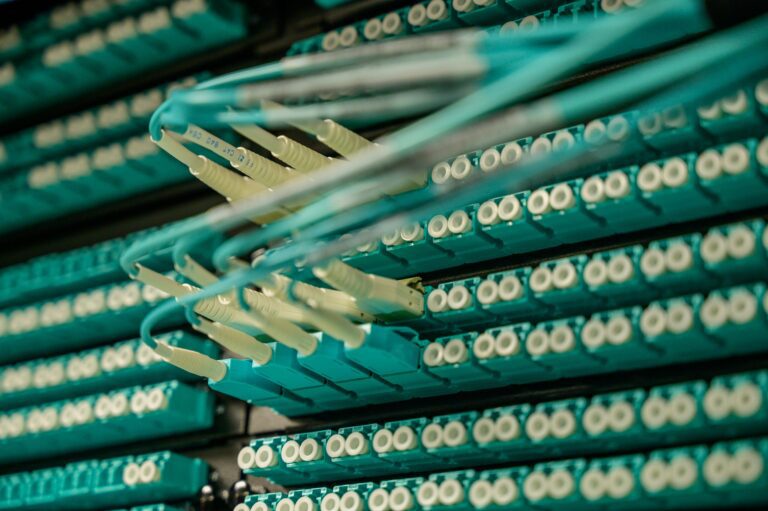
☁️ Top IoT Integration Platforms
| Platform | Best For | Key Feature |
|---|---|---|
| AWS IoT Core | Scalable cloud integration | Device shadowing |
| Google Cloud IoT | AI/ML analytics | Edge TPU support |
| Microsoft Azure IoT | Enterprise systems | Digital twins |
| Cisco IoT | Industrial IoT | Security focus |
⚠️ IoT Integration Security Risks
- #1 Threat: Device hijacking (23% of IoT attacks target cameras)
- Solution: Zero-trust architecture + device authentication
Top Security Tools:
- AWS IoT Device Defender
- Azure Sphere

🏭 Real-World IoT Integration Examples
- Smart Factories
- Sensors → ERP systems optimize production in real time.
- Healthcare (IoMT)
- Wearables → EHRs monitor patients remotely.
- Smart Cities
- Traffic sensors → AI controllers reduce congestion.
🚀 Future of IoT Integration
- AI + IoT = “AIoT” (predictive maintenance, autonomous systems)
- 5G will enable faster edge computing
- Standardized protocols will reduce fragmentation
📢 Conclusion
✅ IoT integration connects devices, cloud, and apps for automation.
✅ AWS, Google, and Microsoft lead in IoT platforms.
✅ Security is critical (use zero-trust models).
Useful Links
- Reality of Serverless: Pros, Costs, Security, and Trade-offs
- Human Programmer Wins Against OpenAI in Tokyo—What This Means for AI Developers
- 🧠 The 7 AI Coding Mistakes That Are Costing You Time, Money & Rankings (2025 Edition)
- Don’t Learn These Tech Skills in 2025 (Unless You Want to Stay Broke)
- 🌐 The Ultimate Guide to Programmatic SEO for Developers (2025)
- Why Prompt Libraries Are the New Frameworks in AI Coding (2025)
Want to implement IoT? Start with AWS IoT Core or Azure IoT Hub.
❓ FAQS
1. What’s the difference between IoT and IoT integration?
- IoT = Individual smart devices (e.g., a temperature sensor).
- IoT Integration = Connecting those devices to cloud platforms, analytics tools, and other systems for automated workflows.
2. Which protocol is best for low-power IoT devices?
MQTT (Message Queuing Telemetry Transport) is ideal for battery-powered sensors due to its lightweight design.
3. How secure is IoT integration?
Risks exist (23% of attacks target cameras), but solutions include:
✔ Zero-trust security models
✔ Device authentication (e.g., AWS IoT Device Defender)
4. Can I integrate IoT without coding?
Yes! Platforms like AWS IoT Core and Microsoft Azure IoT offer no-code/low-code solutions.
5. What’s the future of IoT integration?
AIoT (AI + IoT) will dominate, enabling predictive maintenance and autonomous decision-making.
🔗 Useful IoT Integration Resources
Platforms & Tools
- AWS IoT Core – Scalable cloud integration
- Google Cloud IoT – AI-powered analytics
- Azure IoT Hub – Enterprise-grade security
Security Solutions
- AWS IoT Device Defender – Threat detection
- Azure Sphere – Chip-to-cloud security
Learning Resources
Related Articles

🚀 Let's Build Something Amazing Together
Hi, I'm Abdul Rehman Khan, founder of Dev Tech Insights & Dark Tech Insights. I specialize in turning ideas into fast, scalable, and modern web solutions. From startups to enterprises, I've helped teams launch products that grow.
- ⚡ Frontend Development (HTML, CSS, JavaScript)
- 📱 MVP Development (from idea to launch)
- 📱 Mobile & Web Apps (React, Next.js, Node.js)
- 📊 Streamlit Dashboards & AI Tools
- 🔍 SEO & Web Performance Optimization
- 🛠️ Custom WordPress & Plugin Development
